QuestionThank you so0o0o0o much 4 all your help, I just have one other question. When you say crate, do you mean a kennel because I don't know what a crate is and I don't think they sell them at the pet shops I go to...
-------------------------
Followup To
Question -
Hello there :)
We recently bought a pedigree border collie about 1 1/2 months ago from the spca, when we bought him he was 11 months old. They told us that he would be a handful and he needs lots of training, and we've been taking him. He's a year and abit now and we're having a few problems.
-first of all, when someone is walking he will follow them and nip their ankles, I try to walk by putting my feet backwards when I walk so if he tries to bite he'll get kicked, but it hasn't been working! Please tell me what to do!
-another problem is that he chews and he eats everything! I'm worried that he's going to swallow something and choke. We recently bought him a toy, the first one he hasn't wrecked in liturally 5 minutes, how can we teach him not to eat all our stuff?
If you can help, please respond because I really don't want to have to take him back to the spca :(
Thanks for your time
Rosie
Answer -
You do have your work cut out for you. Border Collies can be fun if you have the time to spend with them. They need strong leadership. They also need to be kept busy. Having a good pack structure reduces such problems. The dogs see all the
people and dogs in the household as a pack with each having their own rank in
the pack and a top dog. Life is much easier if the 2 legged pack members
outrank the 4 legged ones. You can learn to play the role of top dog by
reading some books or going to a good obedience class. A good obedience class
or book is about you being top dog, not about rewarding standard commands with
a treat. Start at http://www.dogsbestfriend.com/. Once finished with basic obedience, you may want to go on to advanced obedience or agility.
You must consistently correct the dog every time to correct the nipping. The entire family must take a zero tolerance stand. I like to use as gentle corrections as I can and only where I can't get by with praise. I start with a stern "Bad dog!" or a light jerk on the leash. In stubborn cases, I repeat the "Bad dog!" right in its face with the dog on its back. If you are able,
when it misbehaves, throw it on its back, and growl "Bad dog!" right in its
face. Hold it down until it lifts one back leg to show submission. If you
can't do that, try the squirt bottle. Fill it with water and a little vinegar
or lemon juice. Give it a squirt in the face as soon as it misbehaves. Dogs
hate that.
You are correct to be worried about his safety when he chews. In addition to choking, they can swallow things they can't pass.
The pet stores are full of toys that many dogs will quickly chew up into
pieces they could choke on or cause intestinal blockages. If you are not
there to watch, stick to sturdy stuff such as Nylabones and Kongs. Keep a
close eye on chew toys and quickly discard anything that is coming apart in
pieces. Rawhide is especially bad because it swells after being swallowed.
These problems are the worst with, but not limited to, large, aggressive
chewers such as Labs.
Ropes from the pets' store quickly turn to hazardous shreds. Ones I made
lasted much better. Go to a hardware or home center that sells rope by the
foot. Buy 2' of 3/4" poly rope. Melt the ends, and tie knots in it. Get
them as tight as possible, put it in a vise and pound it with a hammer. Watch
carefully, and be ready to discard when it comes apart.
To a dog, anything unguarded is fair game. If you are consistent about it, you can teach a dog not to grab and shred everything in the house. I
sometimes use mousetraps to keep a dog from taking things off a counter or table
top. This is more effective with some dogs than others. One bad experience
getting snapped is enough to make some dogs leave things on the table or counter
alone. Others become adept at taking things without setting the mousetrap off.
I once tied a mousetrap to a cracker with a string. The dog was very surprised
when the mousetrap came down too. Better than mousetraps when you aren't around
is the crate. Other dogs may not be as bad as the young Labs I am plagued with.
Still your house and dog will be much safer with the dog in a crate when you are
away. The dog may be happier in its den than loose in the house. It relaxes, it
feels safe in its den. It rests, the body slows down reducing the need for water
and relieving its self. Dogs that have been crated all along do very well. Many
of them will rest in their crates even when the door is open. I think the
plastic ones give the dog more of a safe, enclosed den feeling. They are harder
for dogs to open too. Metal ones can be put in a corner or covered
with something the dog can't pull in and chew. Select a crate just big enough for
the full grown dog to stretch out in. Leave it some toys. Perhaps a Kong filled
with peanut butter. Don't leave anything in the crate the dog might chew up. It
will do fine without even any bedding. You will come home to a safe dog and a
house you can enjoy. If the dog hasn't been crated all along, start out putting
the crate in one of its favorite sleeping spots. If you have able to trust the
dog with a cushion, blanket, or bed, put it in the crate. Next, put its toys in,
maybe treats too. Feeding the dog there is a great way to convince it the crate
is a good place. It is also a great way to maintain order with more than one dog
at feeding time.
AnswerI am afraid too many people are using different words for the same thing, and different meanings for some words. Where I was using crate in my answer I was meaning the small plastic or wire enclosures meant to restrict a dog in the house. Yes, they are also commonly called kennels or cages. I do not have a good answer to all the confusion.
Certainly what I have been taught isn't the answer. The one I have a few feet from my computer is a Vari Kennel brand. It was given to me by a service dog school for a puppy I am raising for them. In their instructions, ''The puppy must sleep in its crate, and should be left in its crate when you unable to watch the puppy....teaching the puppy the command ''Kennel'' will help. My friends from the dog guide school also talk about crates, but use the command ''Kennel'' when they want the puppy in it.
I am sorry about the confusion.

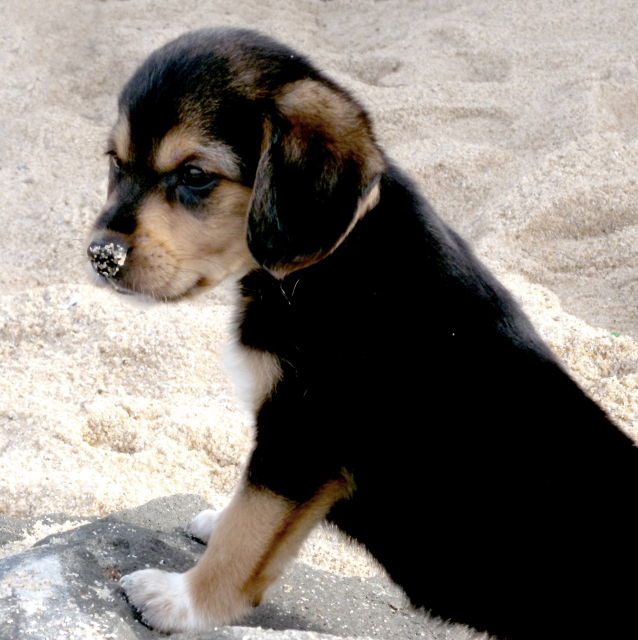 Bedwetting and poop eating
QuestionQUESTION: We have a 12 week old beagle cross wh
Bedwetting and poop eating
QuestionQUESTION: We have a 12 week old beagle cross wh
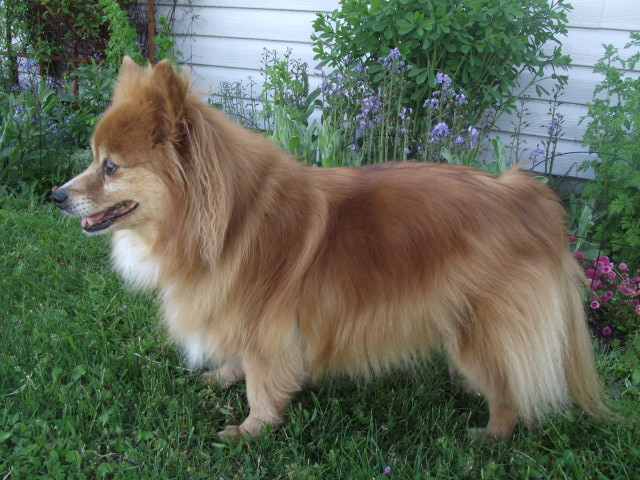 Shaving a Pomeranian
Question
Brandy my Pomeranian!
I have a few ques
Shaving a Pomeranian
Question
Brandy my Pomeranian!
I have a few ques
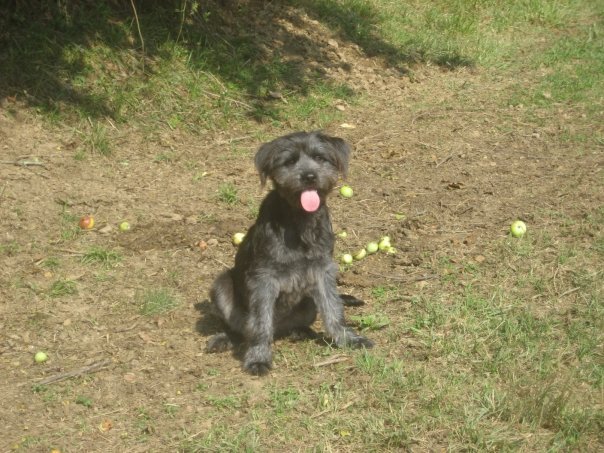 Help with my best friend :)
Question
cash
Hello!
&
Help with my best friend :)
Question
cash
Hello!
&
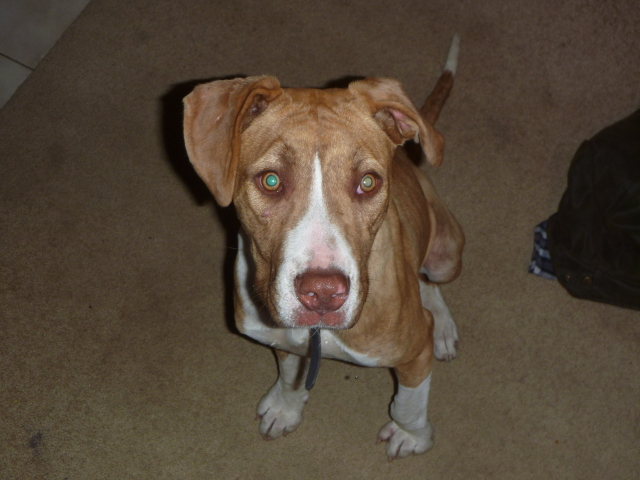 Malnurished Bull Mastif x Great Dane ;
Question
Sticks
Hi,
Ive recently, (the last 24 hours) b
Malnurished Bull Mastif x Great Dane ;
Question
Sticks
Hi,
Ive recently, (the last 24 hours) b
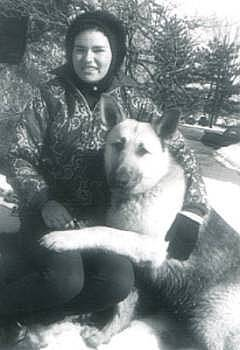 What dog is right for me?
QuestionHi,
my name is Miriam and I am 12 years old.
What dog is right for me?
QuestionHi,
my name is Miriam and I am 12 years old.